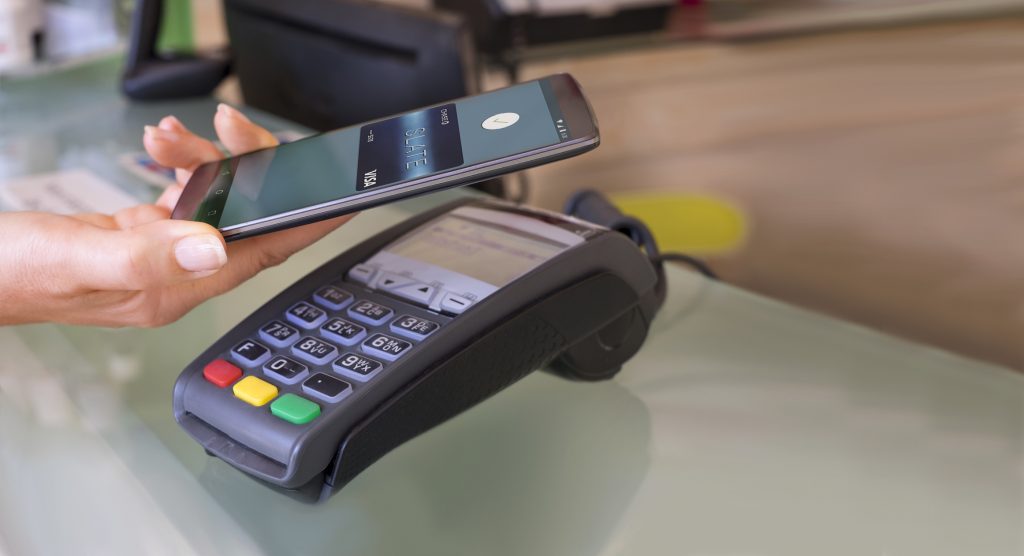Mobile payments so far account for a mere 2% or less of U.S. general-purpose card payments, according to some estimates, and that’s no surprise to some executives who believe mobile payments haven’t delivered for many merchants.
“I don’t think anyone in the market is solving problems for the retailers,” Laura Townsend, senior vice president of operations at the Minneapolis-based Merchant Advisory Group, said Monday. Townsend was a panelist at a session about “merchant-centric” mobile payments and loyalty programs at this week’s Mobile Payments Conference in Chicago.

Townsend worked at McDonald’s Corp. before joining the MAG, an advocacy group of mostly large merchants concerned with payments issues. She said fast-food companies on their own had addressed some of the key issues mobile payments purport to solve, such as fast throughput. Nor have Apple Pay, Google Pay or other mobile-payment services made the customer experience much better, she said.
“They weren’t solving a problem for speed, they weren’t solving for customer experience, it was just payments,” she said. “What merchants are trying to deliver…they’re trying to solve the customer experience.”
Another problem is that third-party mobile-payments providers, including Apple Pay, Google Pay, and PayPal, have control over cardholder data needed to build effective loyalty programs, according to panelist Brinn Sanders, director of business development at San Francisco-based ride-share provider Lyft Inc. Lyft’s card-linked mobile app is the source of most of its bookings. “One of the things we think about is how can we use that card to drive added loyalty and retention of our customers…you lose all access to that data,” she said.
Lyft would like to work with a mobile-payments partner that could help it increase its loyalty offerings, but at the same time it doesn’t want to clutter up its mobile interface. “We’re not going to to make our payment screen look like the Amazon who’s who,” she said.
One mobile-app provider, GasBuddy/OpenStore LLC, claims success in developing loyal customers through its automated clearing house-based debit card. Best known for its app that displays fuel prices at local gas stations, GasBuddy launched the Pay With GasBuddy card two years ago. Issued by WEX Inc., the card gives users a 5-cent per gallon discount. The card now has 600,000 enrolled users, twice the 300,000 it had in June 2018, and is accepted at more than 90% of the nation’s 160,000 gas stations, according to panelist Mark Coffey, executive vice president of strategic partnerships at Boston-based GasBuddy.
GasBuddy’s ubiquity drives loyalty, according to Coffey. While fuel retailers have their private-label cards, “the challenge is very little loyalty because no one brand is everywhere you needed them to be,” he said.
The panelists agreed a shake-out in mobile-payments apps might be coming, citing JPMorgan Chase & Co.’s recent disclosure that it plans to shutter its Chase Pay app early next year. “It’s extremely challenging to build a consumer brand,” said panelist Alan Paul, head of business development at San Francisco-based software firm Cardfree Inc., which developed apps for Dunkin’ Brands Group Inc. and other quick-service restaurants.
While some merchants might bail on their own mobile-payment services, others won’t, according to Paul. “I don’t think we’re going to get to a place where there’s no merchant-branded anything and it’s all ruled by Apple and Google,” he said.





